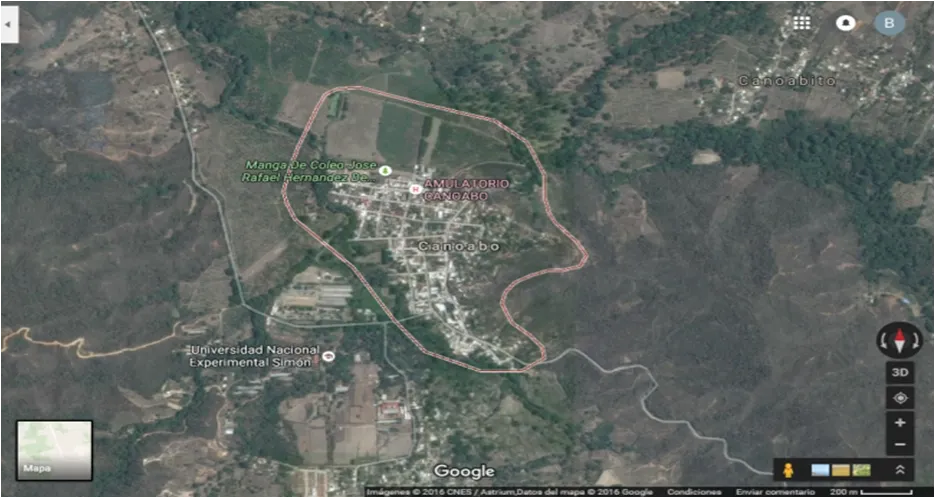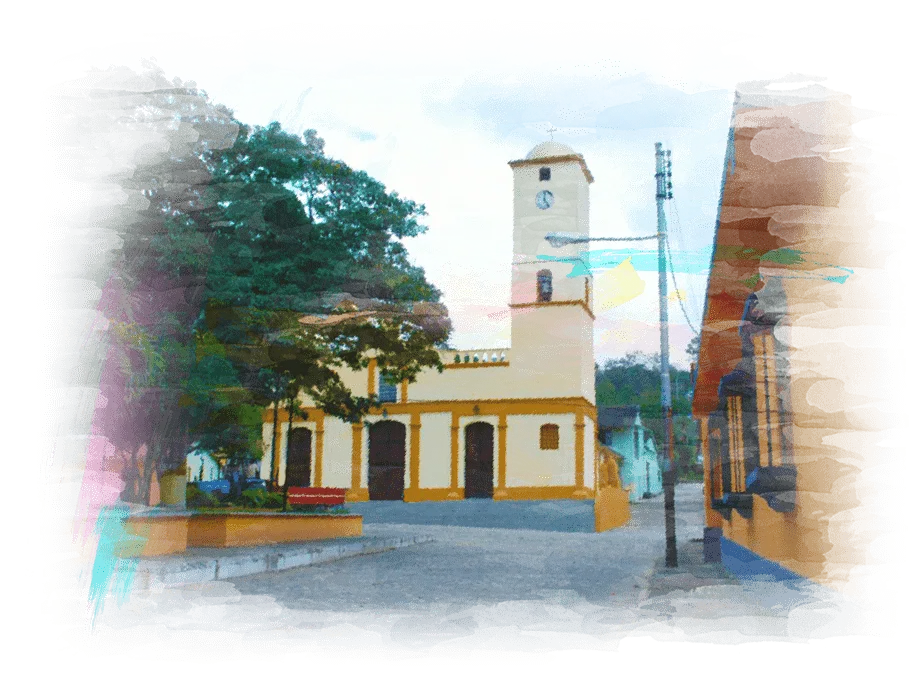
cacao gourmet
canoabo fino
Evaluation 2.4
SWEET FRUITY 1.6
CITRUS FRUITY 2.5
FLORAL 1.3
CREOLE 2.5
COCOA 2.3
WOODSY 0.5
SPICES 0.0
ANNUAL PRODUCTION (TM) 10
MAIN HARVEST DEC-APR
MID HARVEST JUN-JUL
CREOLE BEANS 6%
FERMENTED BEANS 86%
VIOLET BEANS 6%
SLATE BEANS 8%
TOTAL 100%
Beans / 100g: 85
g./1 Bean: 1.18 g
CERTIFIED YES
AWARDS NO
Physical and Organoleptic Characteristics
Positive Flavors
Nuts • Pistachio • Brown Sugar Malt • Caramel
Cocoa
Herbs • Wood

Assessment
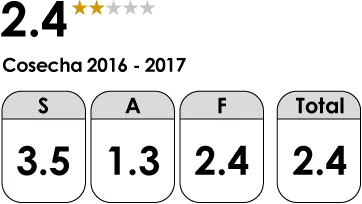
S = Flavor:
MEDIUM Presence of fruity flavors, candies, nuts
A = Aroma:
LOW Floral and herbal essences
F = Fermentation:
MEDIUM Moderate astringency and bitterness
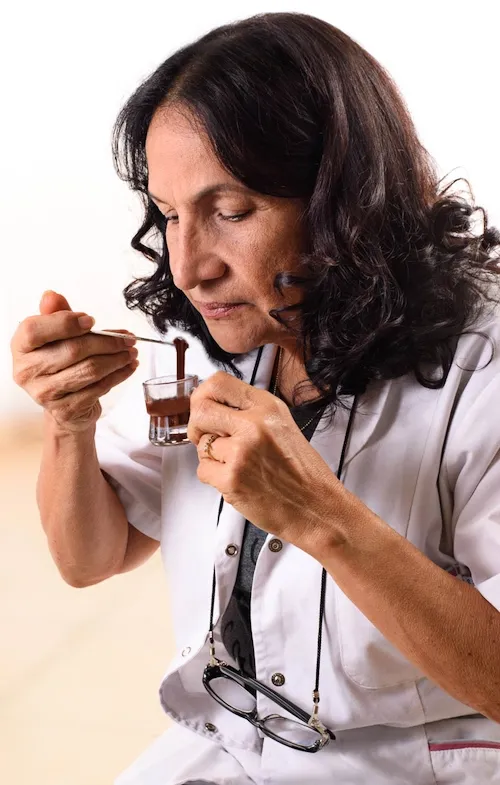
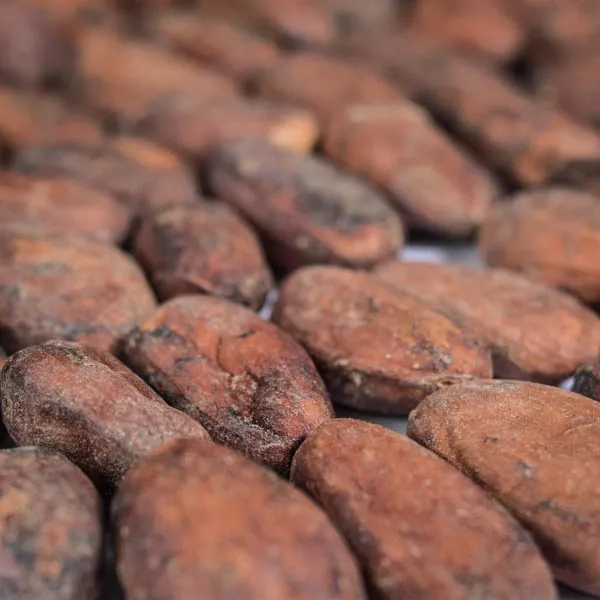
Cut Test Analysis
Due to creole genetics and high trinitario descent, Canoabo's miscellaneous beans show (±6%) creole beans in cut tests, (±86%) fermented beans, (±6%) violet beans, and (±8%) slate beans.
Regarding weight, there are 85 almonds per 100g, meaning each almond weighs 1.18g.
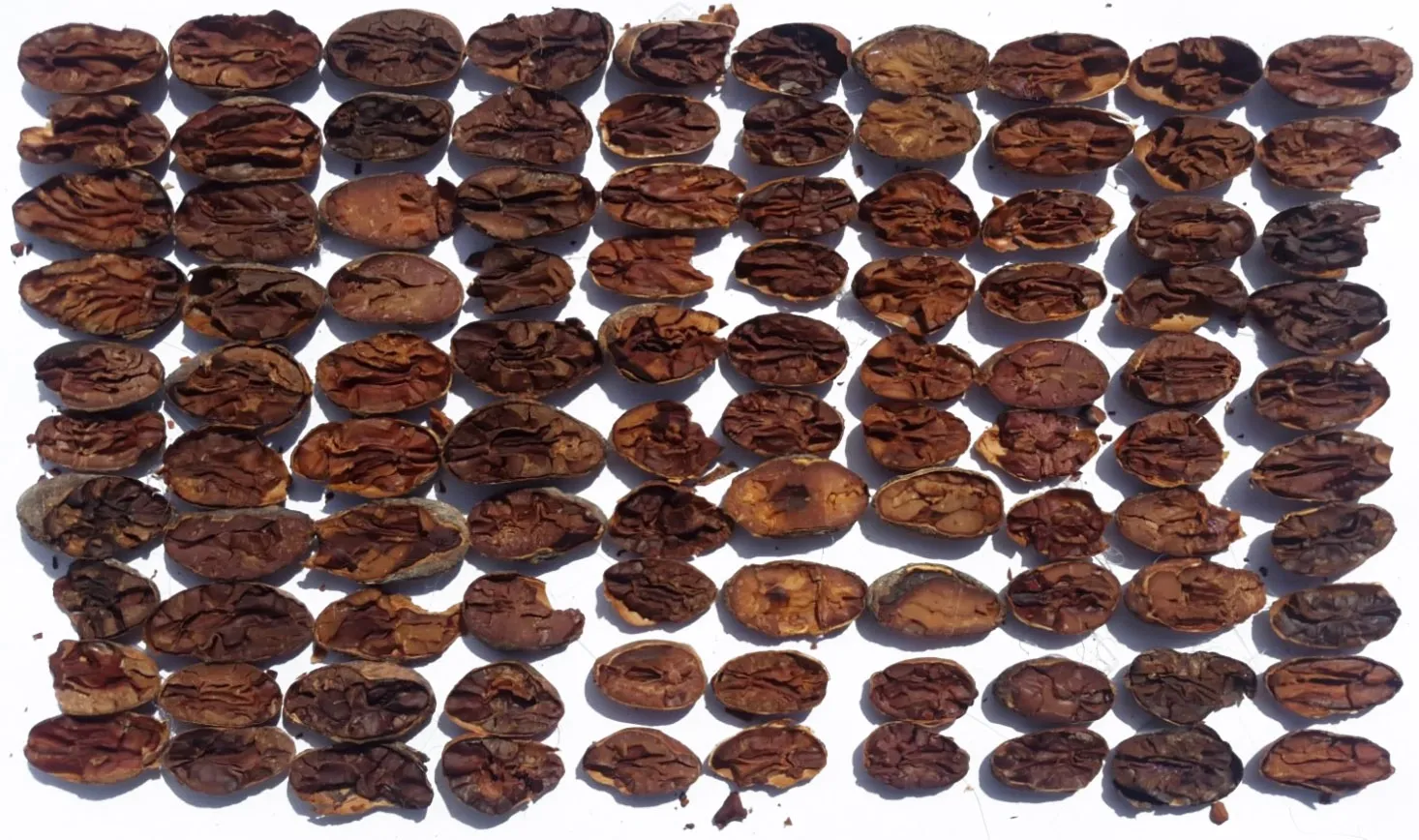
Flavor Map
Canoabo cocoa is characterized by the sweet attribute of caramelized nuts reminiscent of pistachio. It presents a creamy sensation and attractive unctuousness that invites continued tasting. Its lasting aftertaste makes it unforgettable and special, with a pleasant cocoa base of 2.6 and sweet caramel notes.
"All characteristic creole flavors intertwine with well-processed trinitarios, creating a unique, desirable, and lasting experience"Detalló la Ing. Ms. Gladys Ramos.
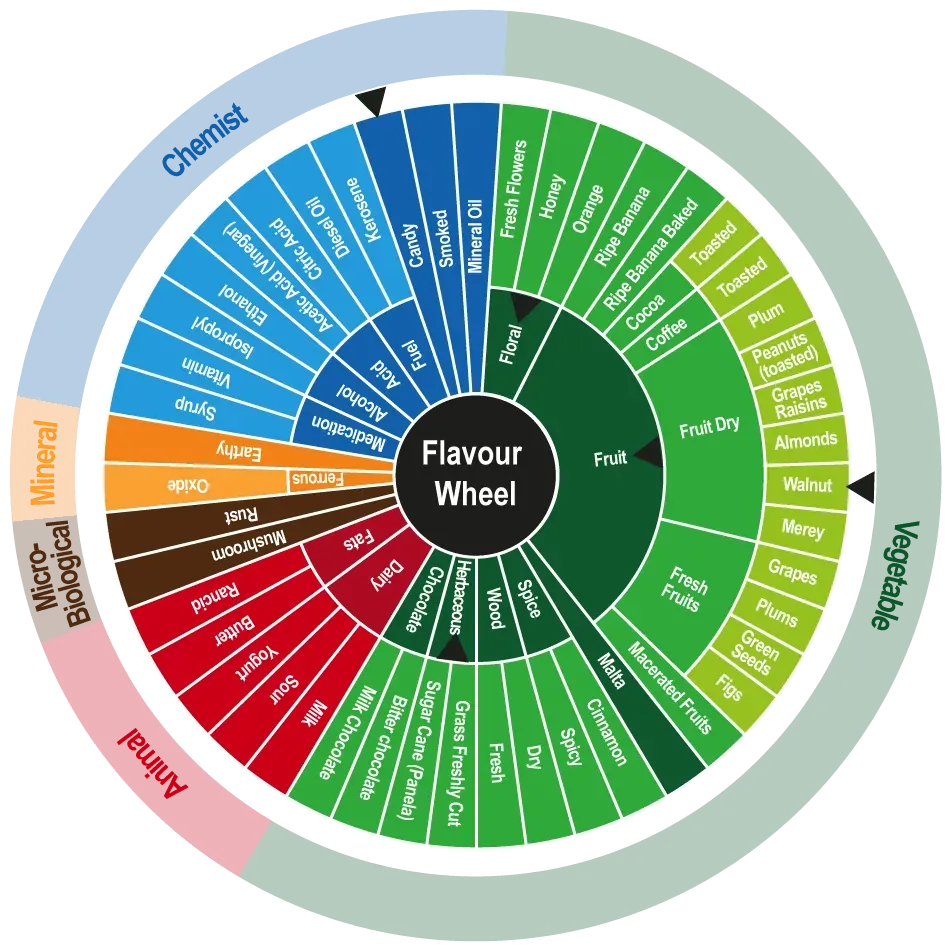
Sensory Map
The region's coastal proximity in north-central Venezuela intensely shapes Canoabo cocoa's sensory profile, featuring unctuous texture of light creole cocoas with excellent combinations of fruity, floral, herbal, sweet, and caramel notes - making it premium material for gourmet chocolates.
"Its most distinctive attributes are its persistent creamy texture and caramel flavor", indicated Eng. Ms. Gladys Ramos.
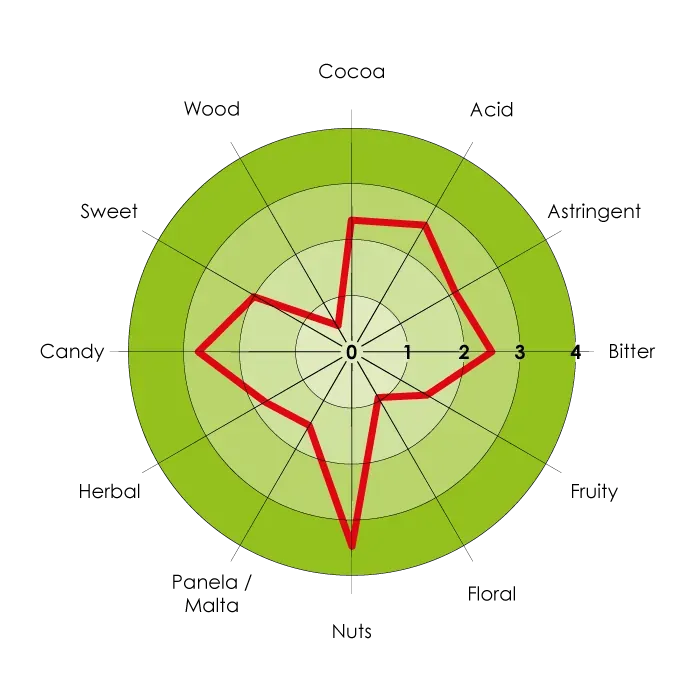
Post-Harvest Processing
Fermentation Protocol
For Canoabo bean fermentation (high trinitario genetics with moderate creole descent), follow this process:
Cocoa Type
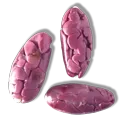
Trinitario
Fermentation Days
5 to 7 days
-
Box type: Wooden
-
Turning frequency: First turn at 24 hours, second at 72 hours, third at 120 hours
-
Fermentation method: Beans placed on nylon material without direct container contact
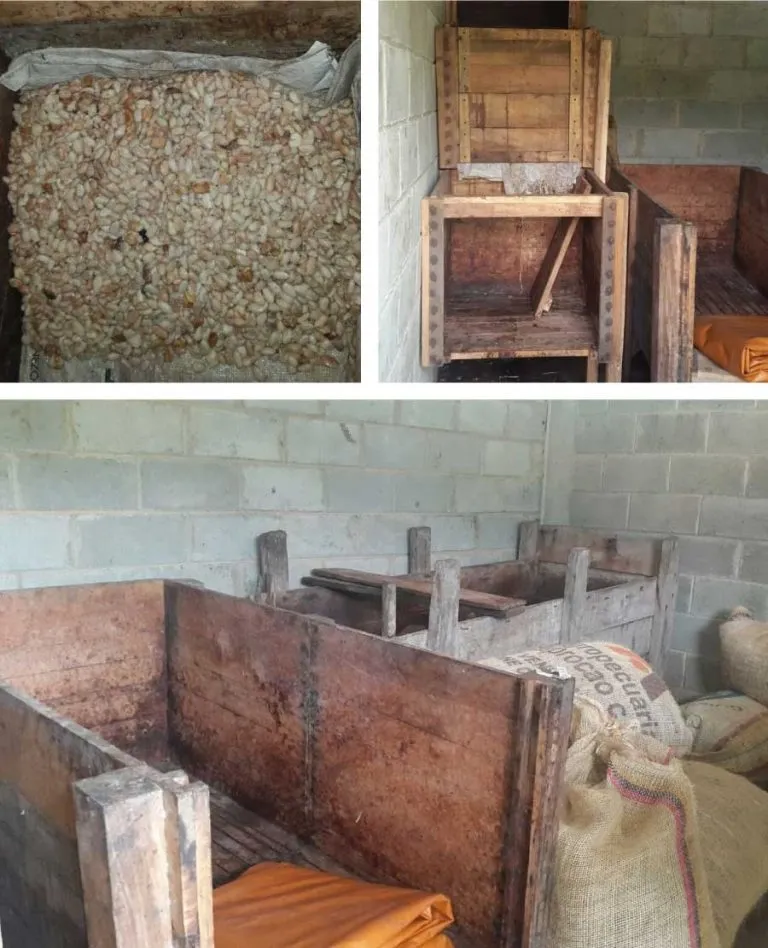
Drying Protocol
Procedure depends on fermentation days and bean consistency. For drying evolution, stir every half hour.
Cocoa Type

Dry Trinitario
Drying Days
5 to 6 days
Drying Techniques
-
Floor type: concrete
-
Humidity: 7.5%
-
Drying method: Sun-dried
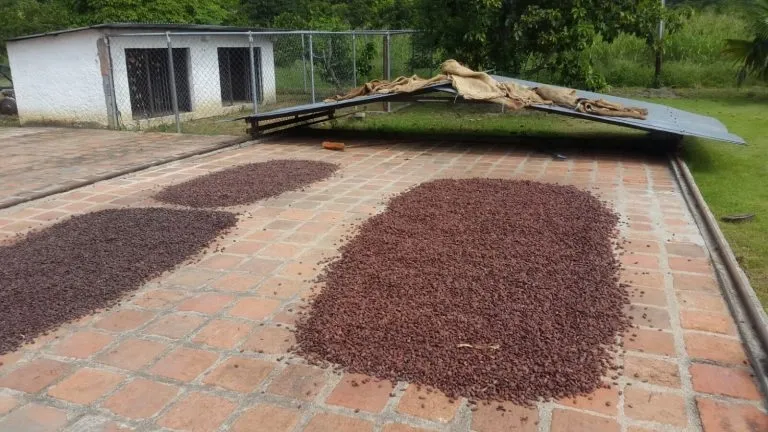
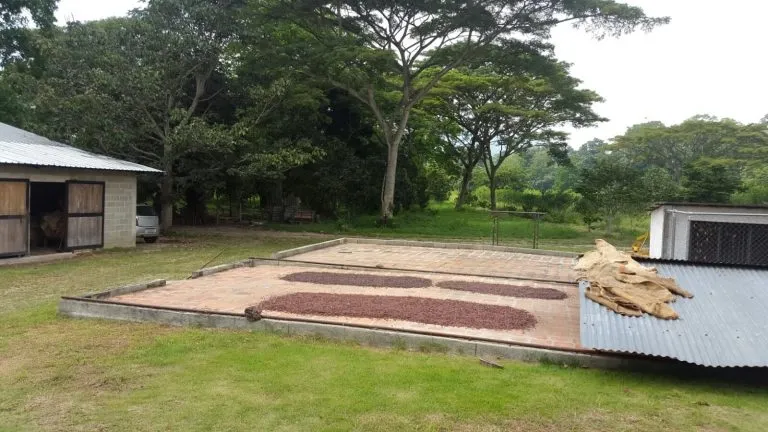
Traceability
certifications and awards
Agriculture and tourism sustain Canoabo, an important cocoa plantation center and one of Carabobo's best preserved ecological zones.
Canoabo covers 187 km² with 3,900 inhabitants across 650 homes, including cocoa producers like engineer Luis Morales from Chile. Captivated by Venezuela's reputation for world-class coastal cocoa, he established the beautiful San Cayetano Estate with his son Rodrigo.
Current production reaches 10,000 kg annually across two harvest seasons: main (Dec-Apr) and mid (Jun-Jul).
Since 2004 when Mrs. Josefina (daughter of José Joaquín Mirét) sold part of the estate for cocoa farming, Morales started with original seeds. Their 7,000-tree plantation now yields 20kg daily.
The processing facility contains necessary machinery: dehuskers, mills, refiners, and vibrating tables for chocolate production.
Father and son are self-taught, preserving ancestral farming knowledge despite being non-natives, maintaining tradition while achieving dreams.

Geographical Location and Ecology
Geographical Location
- Country: Venezuela
- State: Carabobo
- Municipality: Bejuma
- Area: 170 km2
- Average Altitude: 287 m.a.s.l.
- GPS Coordinates: 10° 18.595`N, 68° 16.757`W (at the church)
- Population: 3,900
Canoabo village in Bejuma Municipality, Carabobo State sits at 287m elevation. Surrounding hamlets include Canoabito, La Sabana, Los Naranjos, and Santa Ana, featuring mountain settlements like Santa Eduviges Urbanization (El Cerro del Cacho) amidst biodiverse forests attractive to visitors.
Ecology
Warm climate cooling at night (average 26°C).
The parish is surrounded by high hills with large trees. An ancient theory suggests Canoabo lies in a prehistoric lakebed whose waters drained through river courses to the sea.

History
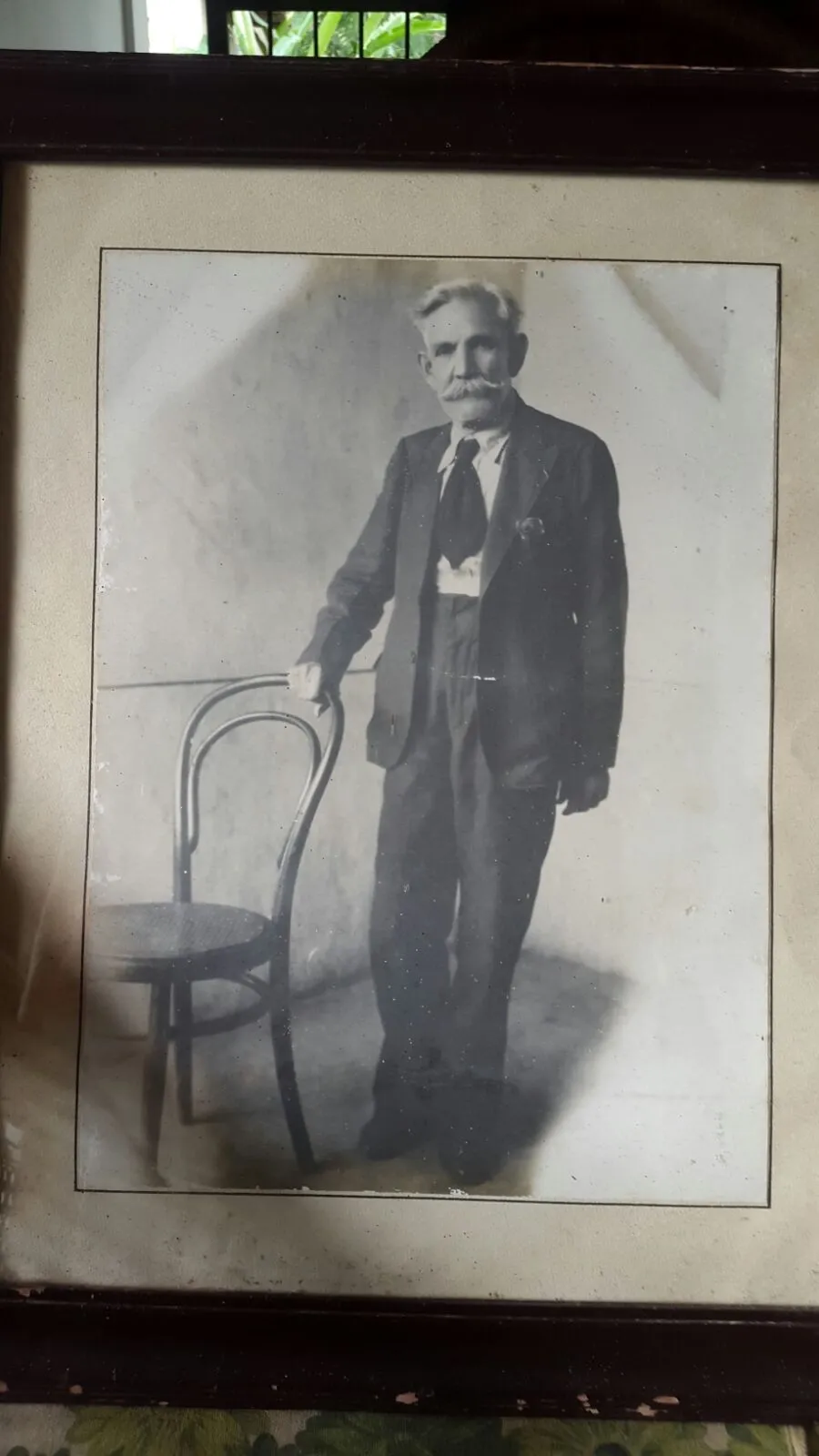

The Canoabo parish was founded more than 300 years ago, specifically on March 19, 1711, by Father Andrés Páez Vargas, under the name of San José de Canoabo. It is considered the largest area in the Bejuma municipality, already home to large expanses of the idyllic seed.
By 1720, cacao production began in Canoabo. Its land area, tall trees, and production in bushels increased, only to plummet due to the economic activity that occurred during those years.
Marco Tulio Merida points out, in his book Historia de Canoabo, it was an agricultural period where the countrys large landowners began to replace cacao planting with coffee. This was the reality in 1809, when its producers were the first to begin commercially planting the prized coffee. grain.
Its name comes from an indigenous term meaning “village by fresh water.” A small town in Carabobo state where bicycles, houses with large windows and gardens in the center, wineries, and a plaza are what make this place attractive.
Canoabo is a friendly town located in one of the many fertile and beautiful valleys that open up in the mountains of western Carabobo state, collectively known as the Valles Altos de Carabobo.
A town of gentlemen, cradle of artisans and great poets, which saw the birth of Vicente Gerbasi, Venezuelan poet, politician, and diplomat, considered the most representative contemporary Venezuelan writer and one of the most brilliant and influential of the 20th century.
Canoabo still maintains its colonial style that has characterized it since its founding, with narrow streets and old mansions with high windows and tiled roofs. This parish was considered a paradise, and many Spaniards traveled from Urama on donkeys and carts through the mountains overlooking Puerto Cabello.
This welcoming town also works to keep our traditions alive, as it has a small brotherhood of Dancing Devils (whose origins date back to around 1770). Every year they go out to dance through the streets of the town on Corpus Christi. They are characterized by not having horns on their masks, except for that of the Capataz or Devil Mayor. For the festivity, they wear costumes of different colors, and their masks represent figures of animals or demons.
Among its inhabitants are also great artisans and wood carvers, who within their tiny workshops produce magnificent works filled with the essence and joy of the town.

